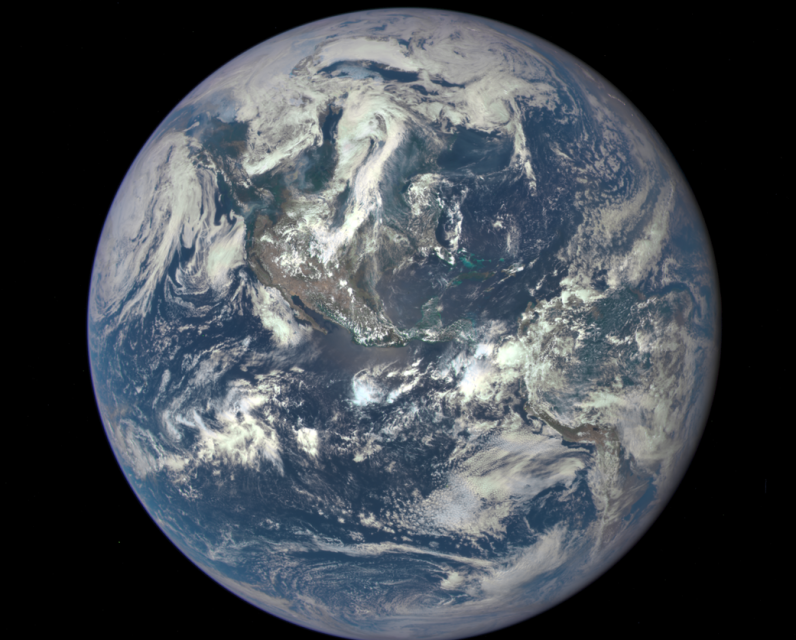Warning message
- Last import of users from Drupal Production environment ran more than 7 days ago. Import users by accessing /admin/config/live-importer/drupal-run
- Last import of nodes from Drupal Production environment ran more than 7 days ago. Import nodes by accessing /admin/config/live-importer/drupal-run
Unpublished Opinions
I am interested in sustainability, civic engagement and democratic renewal. You might meet me at the soccer pitch, at the Farmers Market, or walking or biking on local trails.
I'm a high-tech veteran and have lived in Ottawa since 2000. Before moving to the private sector, I earned my Ph.D. in laser & semiconductor physics at the University of Toronto.
Where does Trudeau stand on climate change?

Climate Reality Leaders are people from around the world with an interest in climate change and adaptation measures. The author was trained as a leader in Toronto in July 2015 along with over 500 others.
All training sessions are led by former U.S. Vice President Al Gore. Leaders learn how to make effective presentations on the urgency of climate change and the practicality of renewable energy solutions. Members of the Climate Reality Leadership Corps also conduct outreach to people of influence in their communities.
Climate Reality Leaders want to know: Where does Justin Trudeau really stand on climate change?
Climate campaigners see an opportunity in Canada’s new government after years of backward behavior by its predecessor. The most important window of opportunity for significant progress on climate change at an international level will be closing in the next couple of weeks.
Not long after Justin Trudeau’s new Cabinet is sworn in, the Canadian delegation will arrive in Paris for the COP 21 conference in late November. There they will be tasked with negotiating a credible Canadian commitment on greenhouse gas (GHG) emissions while facing understandably skeptical counterparts from other nations.
The climate change file presents a particular challenge for Justin Trudeau. Campaigning on “Real Change”, Trudeau tried to be many things to many people on the road to his “big tent” victory. At times, Trudeau promised aggressive action on climate change. On other occasions, Trudeau signaled a “more of the same” approach to fossil fuels and pipeline mega-projects.
Trudeau has said that Canada needs to put price on carbon. He would move within 90 days of COP 21 to introduce a pan-Canadian framework. Provinces are to have flexibility to design their own carbon pricing schemes and GHG reduction plans with federal support.
We should all be praying that federal-provincial bickering does not provide Justin Trudeau the out that he needs to under-deliver on the most pressing global issue of our time. Trudeau’s mixed messages on climate change are well known and include his whole-hearted support for the Keystone XL pipeline to the USA.
Nor will Justin Trudeau rule out support for the Energy East Pipeline. This is despite objections from communities along the route, including here in the City of Ottawa. These concerns range from concerns over a spike in the cost of natural gas for home heating, to damage to homes or farmland, to fears of a toxic bitumen spill in our rivers, including the Rideau River and Ottawa River. Trudeau would let the National Energy Board (NEB) approve or block the Energy East pipeline, but says that he wants the NEB to be strengthened.
Whatever mixed statements Trudeau made on climate change while on the campaign trail, the To-Do list our next Prime Minister is very long. To make real change on climate change, Canada’s needs move forward on the following items.
- Appoint a new Minister of the Environment, and make that person “Minister of the Environment and Climate Change”, following the lead of the province of Ontario.
- Meet with provincial ministers and premiers before COP 21, to develop a credible position that indicates how Canada will set and meet meaningful goals on GHG emissions. Demonstrating capability to meet the goals is essential now if Canada is to recover its lost credibility.
- Set a more ambitious target for GHG emissions. Canada’s emissions only dropped due to the 2008 recession and because the province of Ontario ended coal-fired generation of electricity. Canada should put forward a plan to reduce GHG emissions 35 percent below 2005 levels by 2025 to leapfrog the US on the clean-energy transition.
- Given Canada’s shameful exit from the Kyoto Protocol, our country should enshrine its new commitments in law in a binding fashion, to reassure our partners in the international community that our commitment is genuine.
- Work to have nations submit renewed GHG-reduction commitments every five years. This renewal process should include a meaningful review of national commitments and binding mechanisms that would strengthen commitments over time.
- Canada should change course and abandon any support for the Keystone XL, Energy East, and Northern Gateway pipeline proposals. These pipelines would ship unrefined tar sands bitumen to refineries or supertankers and are intended mainly for export markets, not domestic use. It simply is not possible for our government to lead on climate change while using our tax dollars to subsidize the production of some of the dirtiest fossil fuels on the planet.
- The federal government needs to follow the lead of many provincial governments in putting a price on carbon emissions, phasing out subsidies to fossil fuel industries, and in removing barriers to the introduction of renewable energies.
- There are also opportunities to collaborate with the provinces on energy efficiency standards for buildings, appliances, and vehicles. In particular, Canada should introduce new standards for zero- and low-emission vehicles.
- The $2 billion per year infrastructure push promised by the Liberals provides an important opportunity to accelerate build-outs of public transit. The infrastructure program should require that all federal funds go to projects with low GHG emissions.
Over the past ten years, it has been left to provinces and municipalities to show leadership on climate change. Having been swept into a majority government by the Canadian electorate, Justin Trudeau now has a historic opportunity and responsibility to show real leadership on climate change. Canadians should let Mr. Trudeau know that they will be watching him closely in Paris.



Comments
Be the first to comment